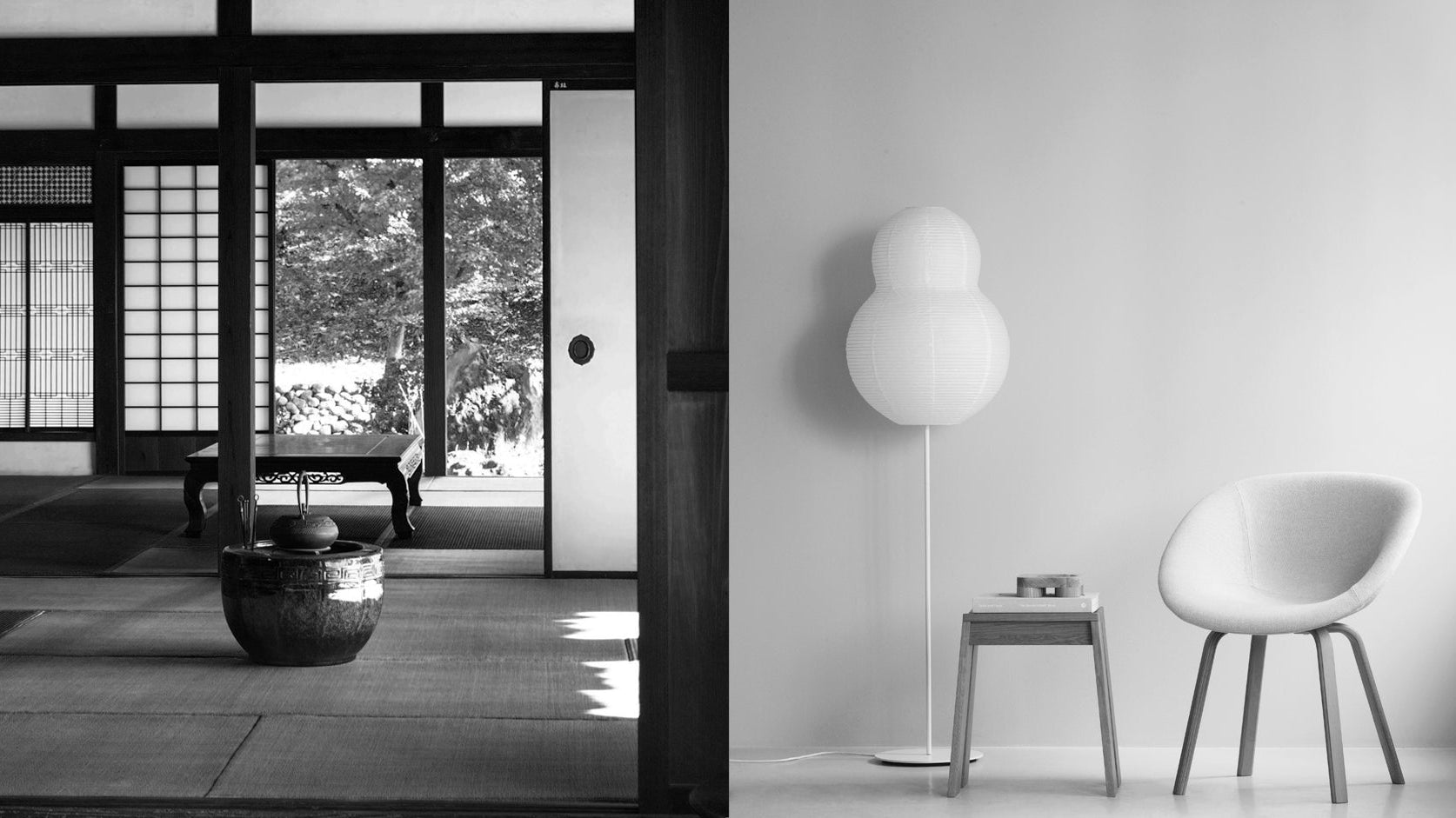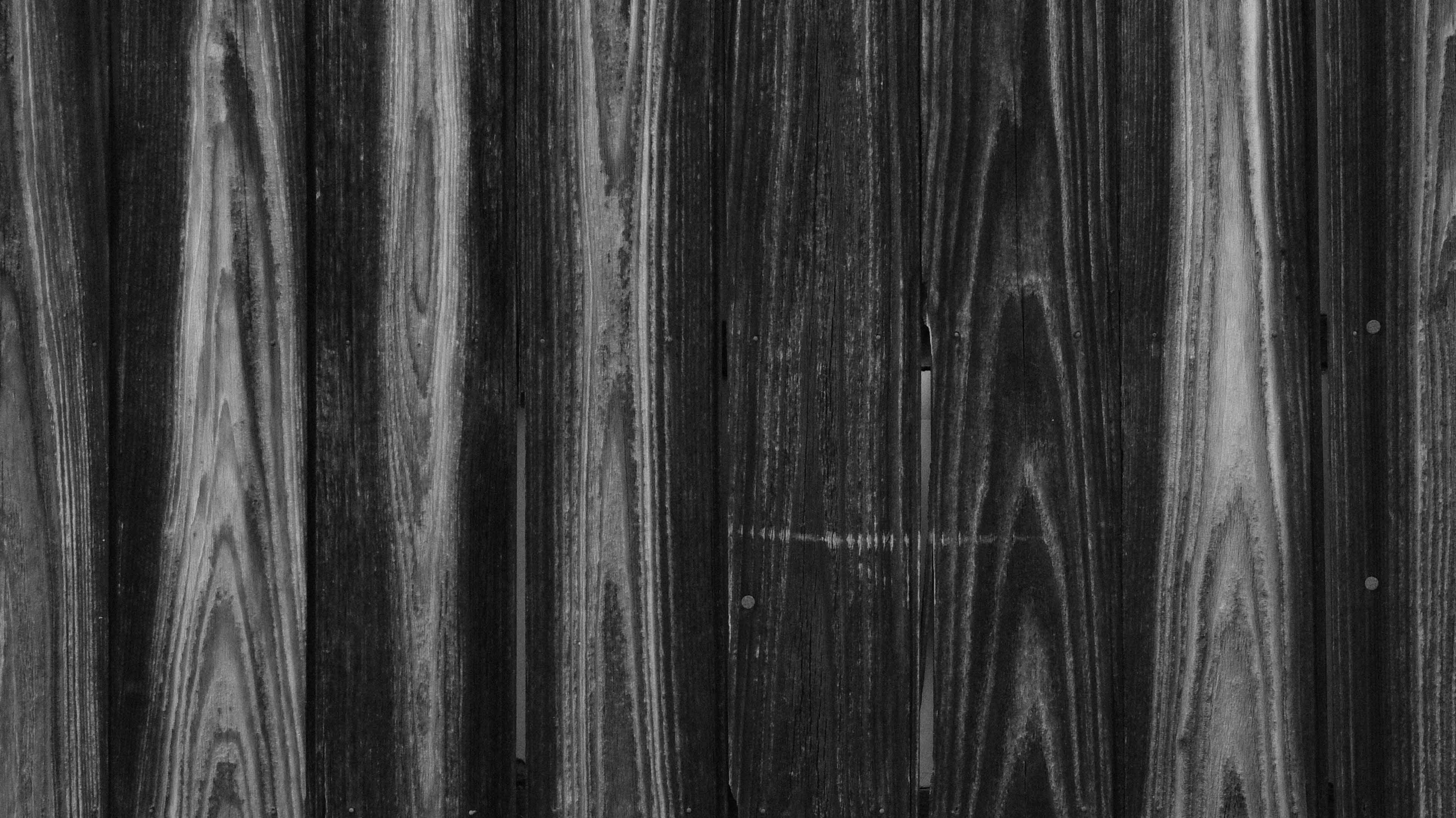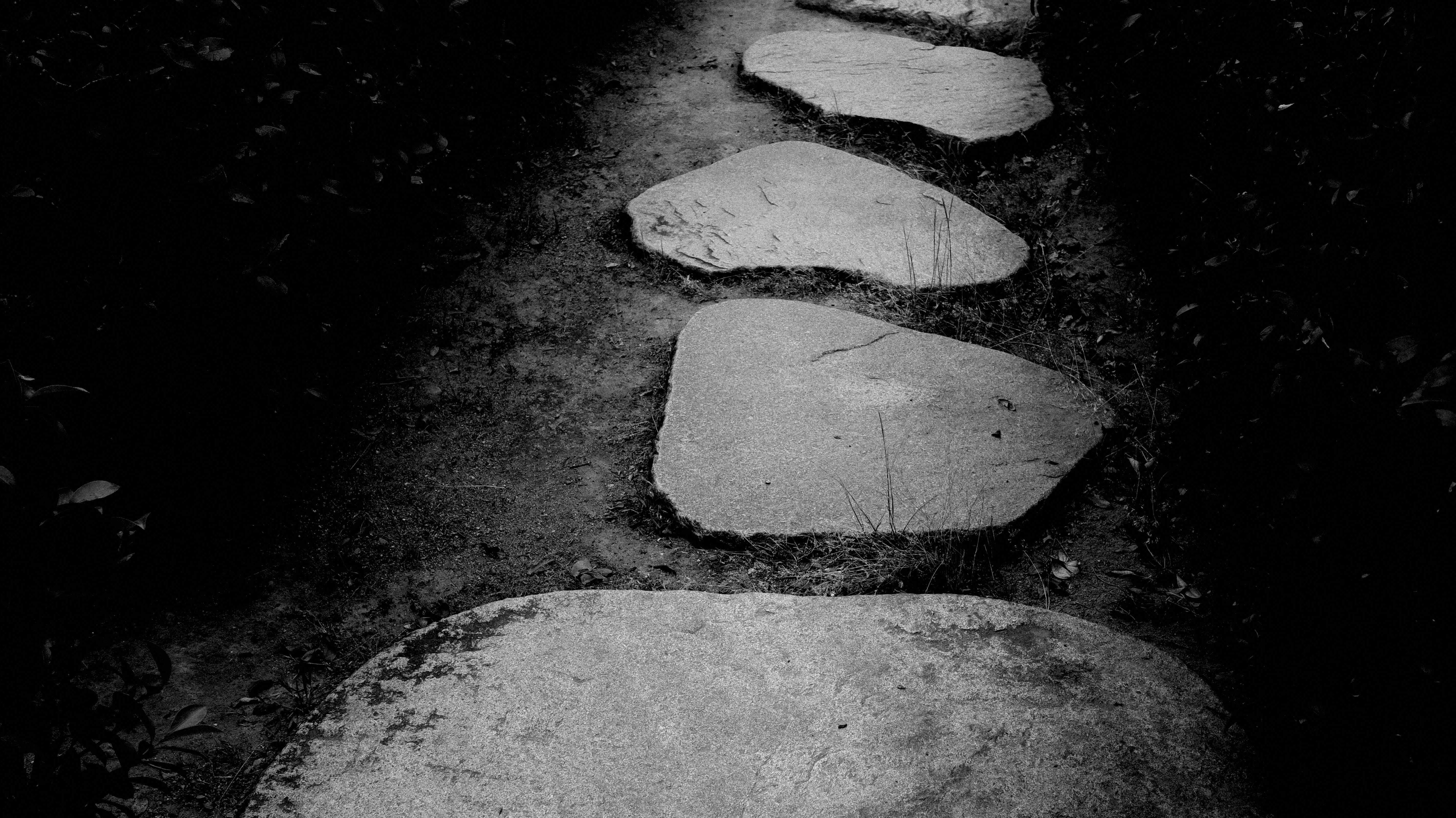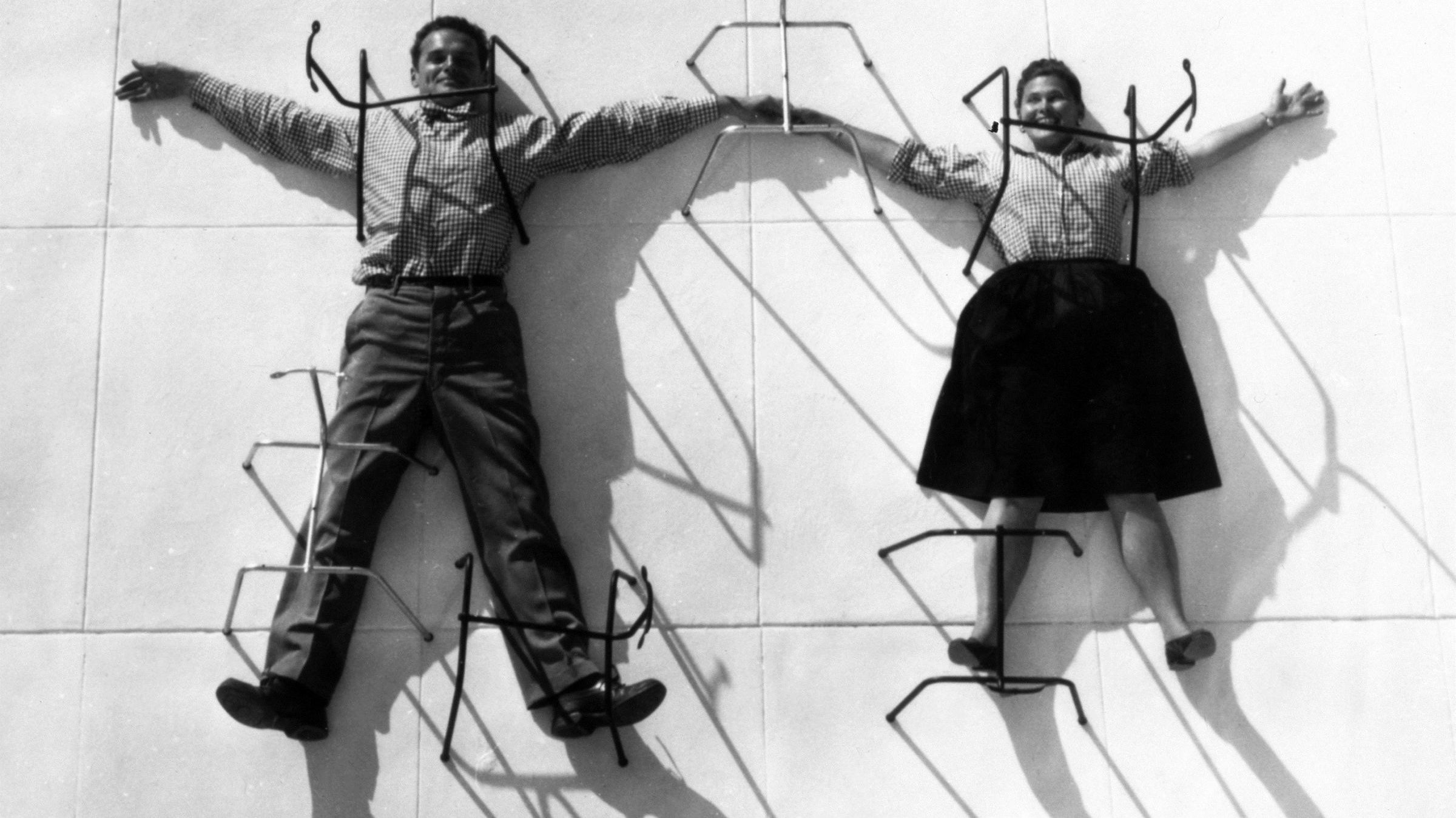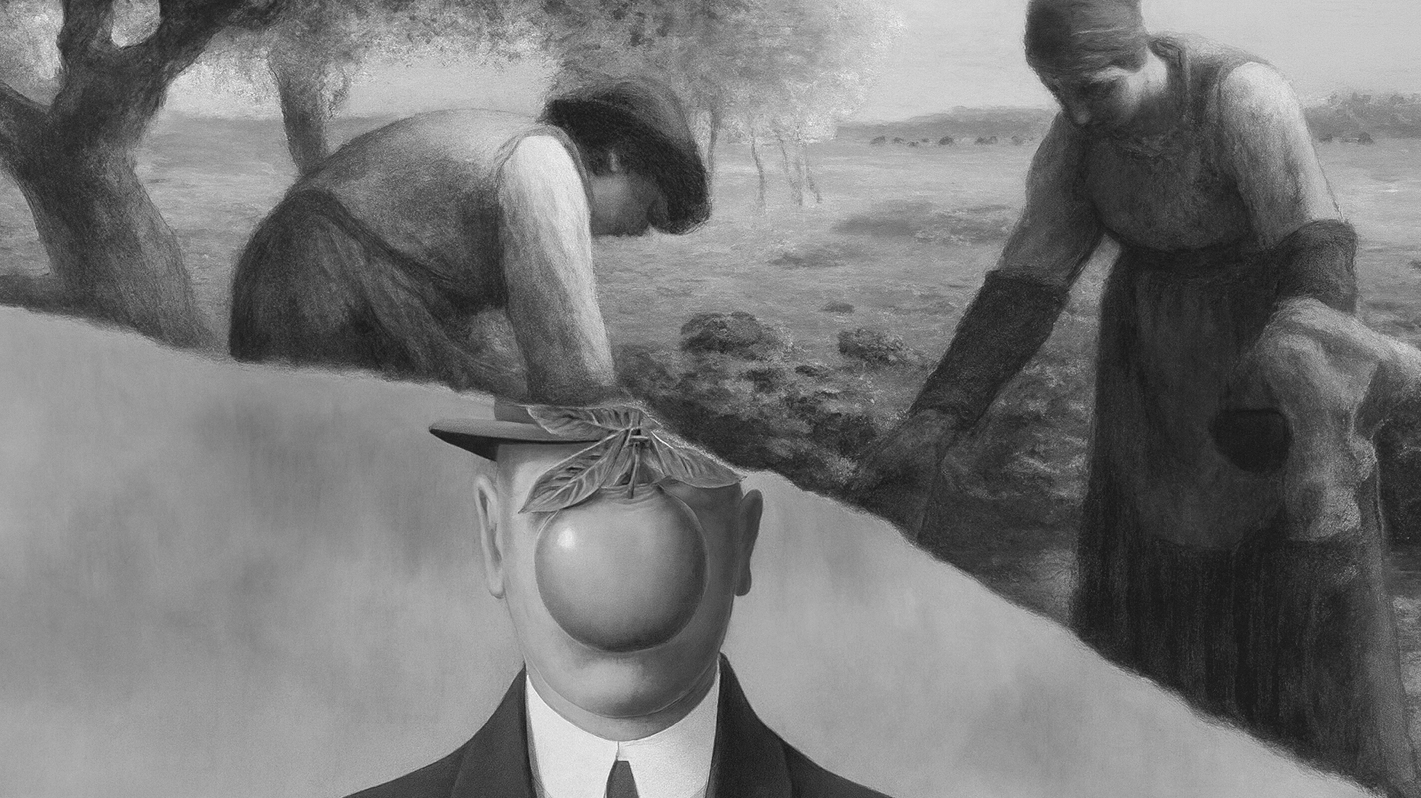Have you ever heard of Bauhaus? Founded in Germany in 1919, the Bauhaus movement revolutionized modern design by blending creativity with industry. Its influence spans architecture, furniture, and everyday objects, establishing a new paradigm where beauty is not only for decoration but also for functionality. The Bauhaus design philosophy transformed how we think about art and design, and its legacy continues to shape contemporary design practices today. In this article, we’ll explore how the Bauhaus movement reshaped the world of design and left a lasting impact on modern aesthetics.

The Bauhaus Building in Dessau, designed by architect Walter Gropius. Photograph by Iwao Yamawaki via MoMA.
(Bauhaus Movement: How It Revolutionized Art and Design - dans le gris)
What is the Bauhaus Movement?
The Bauhaus was a design school founded in 1919 by architect Walter Gropius in Weimar, Germany. At that time, Germany was still recovering from the devastation of World War I, and the country was in the process of rebuilding—both physically and culturally. It was in this environment of change and possibility that Gropius envisioned a revolutionary approach to modern design. His goal was to break down the barriers between art, craft, and technology, creating a new way of designing that could address the challenges of the modern world.
Gropius developed a hands-on curriculum aimed at producing artisans and designers who could create objects that were not only functional but also beautiful—perfectly suited to the needs of a new world. Bauhaus was more than just an aesthetic movement; it was a call for a new, functional way of living. The aftermath of the war had left much of Europe in ruins, and there was a pressing need for objects and buildings that weren’t just beautiful but could also be mass-produced to meet the demands of modern society. This is where Bauhaus design made its mark, blending art with practicality to create a design language that was simple, functional, and forward-thinking.
In 1925, the Bauhaus School moved from Weimar to Dessau, due to political pressure from conservative groups who opposed the school’s modernist approach. This move was crucial not only because of the new location but also because it gave Gropius the opportunity to design a purpose-built campus. The Bauhaus Building in Dessau became a symbol of the school’s core principles. Gropius’s design reflected Bauhaus’s commitment to functionality and simplicity. The building used industrial materials like steel and glass and featured an open, flexible layout that encouraged creativity. The new Bauhaus campus allowed for a more experimental environment where students and teachers could work together across disciplines, further solidifying Bauhaus’s influence on modern architecture and design.
(Bauhaus Movement: How It Revolutionized Art and Design - dans le gris)
Key Figures of the Bauhaus Movement
Bauhaus established a more permanent and supportive environment that encouraged experimentation and innovation, thanks to the visionary figures at the school. These individuals turned Walter Gropius’s vision into reality, shaping the movement into one of the most influential forces in modern design. Below, let’s take a closer look at four key figures of the Bauhaus movement and their remarkable contributions.

Walter Gropius in front of a house he designed, 1927. Photograph by Ullstein Bild.
(Bauhaus Movement: How It Revolutionized Art and Design - dans le gris)
1. Walter Gropius: Founder and Visionary Behind Bauhaus
Walter Gropius, the founder and visionary behind Bauhaus, was the driving force that made the school a reality. Without him, Bauhaus wouldn’t exist. Under his leadership, the Bauhaus curriculum was built on the principles of interdisciplinary collaboration. Students weren’t just learning to create beautiful objects; they were learning how to design innovative, functional pieces that could be mass-produced—a crucial aspect of the school’s philosophy that remains relevant today.
Gropius’s design of the Bauhaus Building in Dessau, inspired by factory architecture, became an iconic symbol of the school’s radical pedagogy. It brought together artists, architects, and designers around an experimental curriculum focused on the role of modern art and design in society. In Gropius’s words, the Bauhaus school was "a reunion between creative arts and the industrial world."
Gropius’s legacy extends far beyond his time at Bauhaus. After leaving the school in 1933 due to rising political tensions, he moved to the United States, where he continued to shape the field of architecture. He taught at Harvard University, influencing the future of American architecture with his modernist ideas. His design philosophy, based on functionalism and simplicity, laid the foundation for many architects who followed.
Today, Gropius is recognized as one of the pioneers of modern architecture. His work, especially buildings like the Bauhaus Building in Dessau and the Fagus Factory, set the stage for the International Style and modernist design principles that continue to shape architecture worldwide.
(Bauhaus Movement: How It Revolutionized Art and Design - dans le gris)
2. Wassily Kandinsky: Pioneer of Abstract Art at Bauhaus

Wassily Kandinsky, a prominent Russian painter and one of the pioneers of abstract art.
Wassily Kandinsky, a Russian painter and one of the pioneers of abstract art, was a key figure at Bauhaus. He joined the school in 1922, where his ideas on color theory and abstract art significantly influenced the school’s teaching approach.
Kandinsky believed that color had the power to affect our emotions, famously saying, "Color is a power which directly influences the soul." He taught his students how to use color to create specific emotional effects, helping them understand that art could express deeper meanings, not just represent what we see. This approach became a core part of Bauhaus’s style and philosophy.
In his class on analytical drawing, Kandinsky emphasized the rational use of artistic principles in design. He encouraged students to think logically about form and color, developing compositions that combined both emotion and structure. His teaching incorporated his color theory, grounded in psychological principles of how forms and colors can evoke different emotional responses.
Kandinsky’s influence extended beyond the visual arts, impacting other areas of design and architecture at Bauhaus. He encouraged students to move beyond traditional art and explore abstraction, helping foster a new, more expressive approach to both art and design.
3. Paul Klee: Experimental Teaching Style at Bauhaus

Paul Klee's teaching style was experimental at Bauhaus.
After Wassily Kandinsky, the next key figure at Bauhaus was Paul Klee, a Swiss-born German artist. One of the most celebrated artists of the 20th century, Klee was also a prolific teacher, serving on the Bauhaus faculty from 1921 to 1931.
Klee’s teaching style was experimental. He encouraged students to explore their creativity through hands-on experience and intuition, giving them the freedom to express themselves. He aimed to avoid rigid rules in art, focusing instead on teaching the foundations of color and form, providing students with the tools to work with these elements in their own unique ways. His playful approach inspired students to push the boundaries of their imagination and explore new paths of artistic expression.
Unlike Kandinsky, Klee’s approach was more intuitive, playful, and closely connected to his observations of nature. His use of form was fluid and creative, blending abstraction with elements of symbolism.
4. László Moholy-Nagy: Innovating Art with Technology at Bauhaus

Left: László Moholy-Nagy. Right: His famous work, Light-Space Modulator (1922).
Another key figure at Bauhaus, deeply focused on experimentation, was László Moholy-Nagy, a Hungarian artist and teacher. He joined the Bauhaus faculty in 1923, bringing a fresh focus on the integration of technology and art, a theme that became central to Bauhaus’s innovative curriculum.
Moholy-Nagy believed that the future of art lay in new media and the creative potential of industrial materials. His work explored photography, film, and light as artistic mediums, moving away from traditional forms and aligning perfectly with Bauhaus’s experimental environment. Among his groundbreaking innovations were his experiments with cameraless photographs, which he called "photograms." These photograms fascinated Moholy-Nagy for the rest of his life.
Moholy-Nagy encouraged his students to explore new technologies in art, such as photomontage, kinetic art, and light sculptures. One of his most famous works, the "Light-Space Modulator" (1922), was a kinetic sculpture that combined light, motion, and mechanical elements, embodying his belief that technology could be a central part of the artistic process.
The significance of Moholy-Nagy’s legacy is unique, as it spans multiple disciplines. He is credited as one of the pioneers of modern graphic design, a key figure in the development of photography, and a major contributor to the advancement of modern painting and the way it is taught.

Unknown Woman with Mask in Tubular Armchair by Marcel Breuer, Wearing a Mask by Oskar Schlemmer, 1926.
(Bauhaus Movement: How It Revolutionized Art and Design - dans le gris)
Bauhaus was not the vision of just one person. Alongside Walter Gropius, Paul Klee, Wassily Kandinsky, and László Moholy-Nagy, each contributed to the school’s rich legacy, bringing their unique perspectives on how we approach art, design, and creativity in the modern world.
Together, these figures helped create an environment where art wasn’t just about decoration but about practicality and innovation. Their influence continues to be felt in architecture, design, and the visual arts today.
(Bauhaus Movement: How It Revolutionized Art and Design - dans le gris)
Read More Design Articles:
• Mid-Century Modern Design Style: Key Characteristics and Famous Architects
• Art Deco: A Complete Guide to Roaring Twenties Decorative Style
• Choosing Between "Less is More" and "Less is a Bore"
• Organic Design: Drawing Inspiration from Nature
About Us
Dans Le Gris is a brand that began with everyday jewelry, with each handmade piece designed and crafted in Taiwan. We deeply value every detail, dedicating ourselves to creating timeless pieces through collaboration with experienced craftsmen.
In our journal, we provide irregular updates featuring articles about art, culture, and design. Our curated content encompasses diverse aspects of life, with the aspiration to offer meaningful insights and inspiration.

